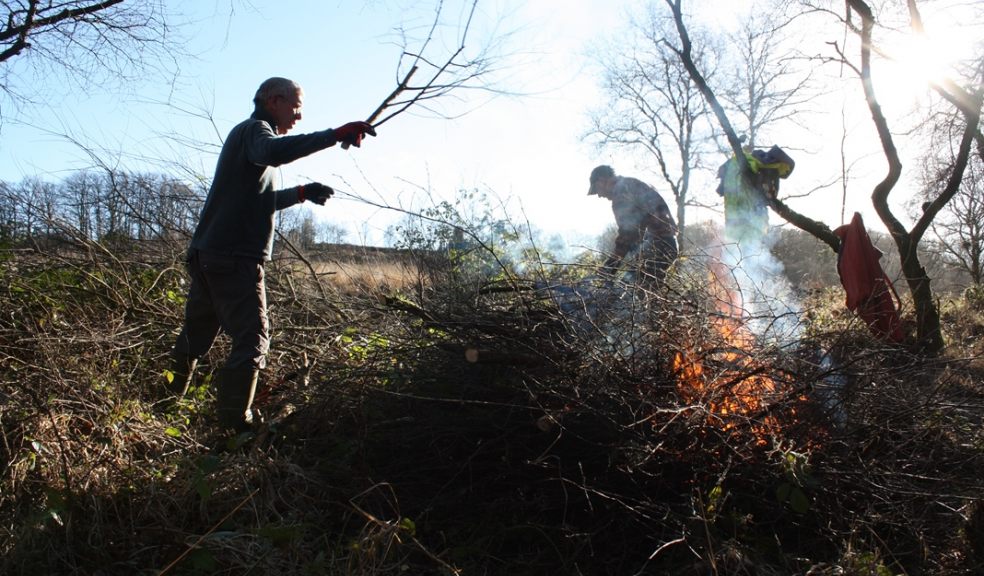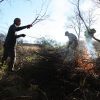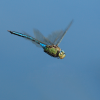
Devon heathland bounces back
The return of grazing livestock after a gap of many decades has put a rare Mid Devon landscape firmly on the road to recovery.
The change is just one of many made by the charity Devon Wildlife Trust to its Clayhidon Turbary nature reserve after winning support of more than £34,000 from Biffa Award - a multi-million pound fund which awards grants to community and environmental projects across the UK.
Devon Wildlife Trust’s Clayhidon Turbary nature reserve forms part of the Blackdown Hills Area of Outstanding Natural Beauty. Its 13 hectares were once a heathland and open boggy mire used by local people with commoners’ rights to cut turves and graze their cattle. However over the last 100 years fewer and fewer people used the heath causing it to become overgrown. Its open areas of heathland gorse, heather and wildflowers became swamped by scrub and young woodland. The result was that its remaining heathland reptiles and insects were struggling to survive.
In 2011 Devon Wildlife Trust took on management of the site. It was then that plans were put in place to reintroduce grazing livestock whose munching would begin to clear Clayhidon Turbary, restoring it to its former glory. However, one problem remained: the site had no stock proof fences, meaning that it was impossible to leave livestock unattended.
This is where support from Biffa Award made a crucial difference. Devon Wildlife Trust’s Ed Hopkinson has overseen the restoration. He said:
“Support from Biffa Award has been invaluable. It’s helped us install 2,000 metres of fencing around the nature reserve. With this in place we’ve then been able to reintroduce grazing and begin the regeneration of this heathland and mire.”
A year on from the completion of the fencing the charity’s herd of Exmoor ponies have been busy grazing and the results of their work are beginning to be seen. Space has been created for the violets, lesser butterfly orchids, adders, grass snakes, dragonflies and damselflies that once flourished at Clayhidon Turbary.
The work of the ponies has been matched by the human efforts of volunteers and Devon Wildlife Trust’s nature reserve’s team. Together they have removed scrub and non-native species such as cherry laurel using hand tools and machinery also supplied by Biffa Award. The result is that open areas of the Clayhidon Turbary have been reconnected creating flight paths for bats, birds and butterflies.
But with all the new fencing being put up has this meant people are now excluded from the sight? Ed Hopkinson answer is a resounding, “No!” He explains: “Biffa Award has allowed us to improve public access to the nature reserve. We’ve made improvements to its footpaths and put in clearer signage to guide visitors. We’ve also installed a beautiful wooden bench into which are carved images of some of the wonderful wildlife that you can see here.”
“Before this work was done Clayhidon Turbary was difficult to access, and only visited by the most determined wildlife explorer. Now it’s open to many more people. Our message is come and visit this wonderful, recovering heathland haven.”
Gillian French, Head of Grants at Biffa Award said: “The team at Devon Wildlife Trust have worked tirelessly to insure that this beautiful corner of the world is back to its former glory. This project highlights how the Landfill Communities Fund can be used to transform landscapes, returning them to nature.”
Devon Wildlife Trust’s Clayhidon Turbary nature reserve is open 365 days a year and is free to enter. To find out more about it and the charity’s other wildlife havens visit www.devonwildlifetrust.org















